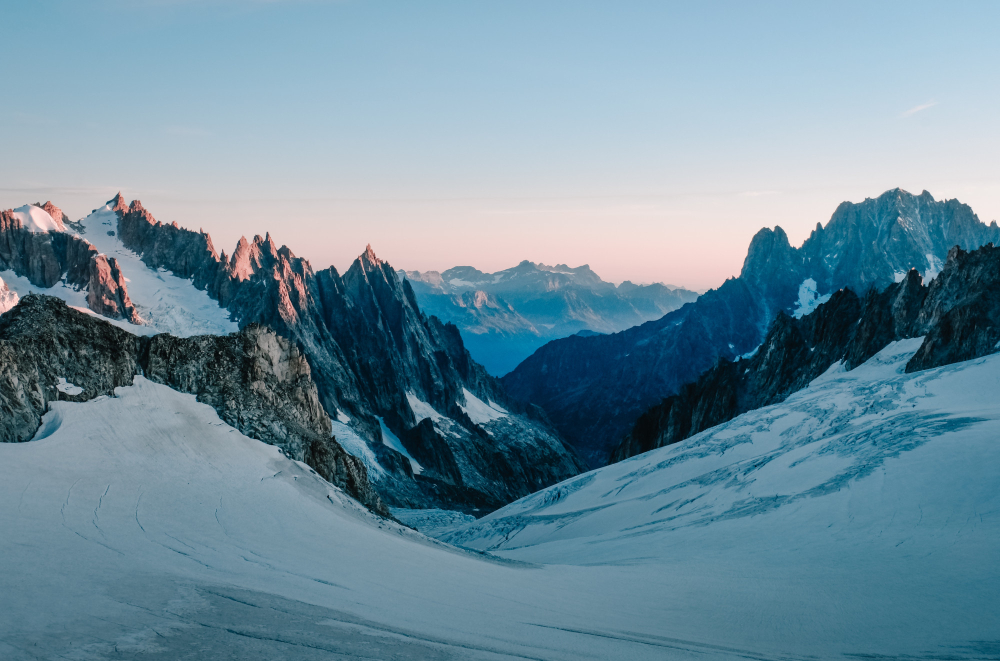
Going out on the powder should always be done taking precautions and respecting some basic rules:
Equip yourself properly
– Wide skis or snowboard allow you to have good support and avoid getting into the powder.
– A helmet to protect your head in case of a fall.
– Back protection that subdues the shock of an impact in case of a fall.
– Avalanche transceiver, shovel and probe, used for searching one or more people buried in case of an avalanche.
Never go alone
– Being accompanied by seasoned professionals (guides and instructors), especially when starting and/or you don’t know the route which you are planning to launch
– In all cases, don’t ever go alone, freeride is a team sport
– Tell your relatives and at the help station about your track and also the approximate time of return.
Inform yourself on the weather conditions
The bulletin d’estimation du risque d’avalanche (BRA), issued by Meteo France, informs on the risks of avalanches. It is indispensable to inform yourself on the risks of avalanches before going off-piste. The BRA is available with real time on the internet or nearby professionals in the resort and help post.
– Risk 1: low. The white coat is stable. Avalanche are generally not possible.
– Risk 2: moderate. The white coat is stable except on some steep slopes. Avalanches are possible on some slopes describes by the BRA.
– Risk 3: marked. The white coat is only moderately to weakly stabilized in many steep slopes. The low overloads could get triggered and some sudden releases are visible.
– Risk 4: Strong. The white coat is not stable on most slopes. Numerous spontaneous middle to big sized avalanches are visible.
– Risk 5: Very strong. Even in relatively flat terrain, large avalanches are to be expected.
Observe your environment
One of the golden rules of off-piste skiing is to never engage on the same slope at the same time. The descent must be done by each freerider one by one while taking care to keep an eye on the one who is skiing. Vigilance must be continued, you have to observe your environment and anticipate all your movements. Analyzing dangers you find on your route is primary: rocks, crevasse, unstable snow plate…
Knowing when to stop
If the conditions are not met to enjoy off-piste skiing, it is better to postpone to another day. It is not necessary to take unnecessary risks and to defy mother nature.
Profit from secure freeride
Attention for the descent is just as important as the preparation after going off-piste. It might be necessary to adapt this ski technique, according to many relative criteria on the snow coat and relief:
– according to quality, density, and snow depth
– according to degree of slope and length of the terrain
Finally, here are some details on the equipment to have in case of an avalanche during an off-piste track:
– Avalanche transceiver: permits to localize a buried victim thanks to sending and receiving a signal
– Probe: permits evaluating the depth of where to find a victim
– Shovel: permits to free a buried victim under the snow
– ABS bag: doc bag deploying an airbag to increase the chances of survival in case of an avalanche
As you can see, an off-piste excursion cannot be unplanned but must instead be carefully prepared to ensure maximum safety during descents.